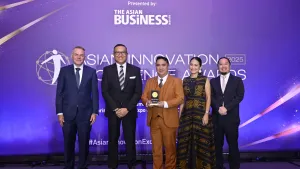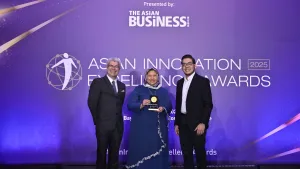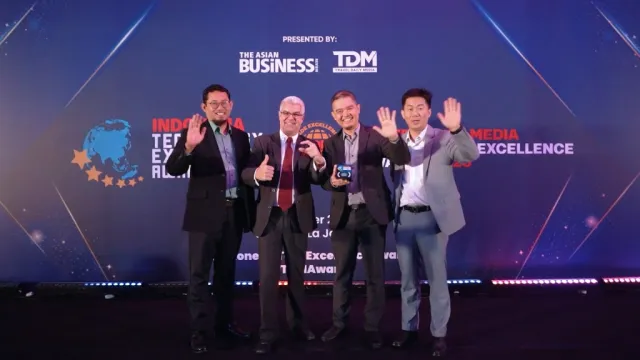What’s holding wealth firms back from hybrid?
Cost concerns are stalling hybrid strategies in wealth firms.
Despite growing client demand for digital-first experiences, some Asia-Pacific wealth firms are not yet making the transition to hybrid, tech-driven strategies. For many, the biggest hurdle isn’t technology—it’s return on investment.
According to Ivan Chang, Regional Manager, APAC Institutional Business at Saxo, hesitation stems largely from internal trade-offs. “Their hesitancy… is a reflection of the biggest hurdle being, what is the return on capital?” he said. “If a firm invests or spends that much resources to build it, what would it mean in terms of the growth in revenue or the reduction in cost?”
Many wealth managers understand the client demand—but they’re not convinced the investment pays off. “Some firms may not be in position to think about that sort of investment… or at least they don’t think that’s possible,” Chang added.
That hesitancy comes despite the clear push toward digital engagement across the region. “It is primarily client driven,” Chang said. “We are more digital as a society. We are very used to fast-paced information… and there’s the transition of wealth from the older generation into the younger generation that is more mobile-native.”
Ryan Wu, Head of Private Wealth and Institutional Business at Moomoo Singapore, sees similar generational pressure. “These younger inheritors… are driving the demand for digital-first wealth management solutions,” he said. “The new generation are digital natives and expect… personalised strategies and access to financial information.”
A McKinsey survey supports this trend—showing 80% of investors prefer digital solutions for their cost-effectiveness, transparency, and personalisation. Yet legacy challenges persist. “Many traditional wealth management firms… operate on outdated legacy systems and processes, making it challenging and costly to integrate new digital technologies,” Wu said.
The cost of going hybrid includes more than tech—it’s also talent and compliance. Similarly, staying traditional comes with growing risks. “Firms that cling to traditional models risk losing younger tech-native investors,” said Wu. “Time is money—traditional processes are manual and time-consuming.”
While firms debate ROI, newer digital-only platforms are shifting in the opposite direction—adding human touchpoints to win over high-net-worth individuals. But Wu cautioned: “It could be capital intensive to set up a high-touch service team for them.”



















 Advertise
Advertise







Commentary
Turning the tide on friendly fraud as Asia’s payments surge